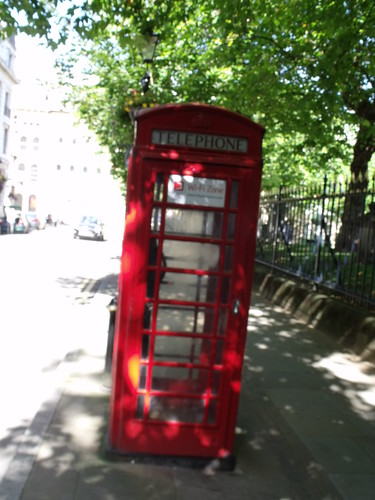I think it is hardley likely that a dovecote would be confused as a temple and can't think that can be correct. The Minories under old Lewis's is in line with Temple Row and a similar lane is in London. If so it is more probable that there was a similar temple to the Minoress as in London hence the name Minories... the lane passing the same. The temple used as an early hospital ward maybe, with nuns acting as nurses. So if this is the case then the Row would lead on from this Temple.
So the present day Minories possibly is in the same place that the Temple was located...just west of the Priory...foundations for which were discovered when the old old Old Square was first built or so I have read.
I read on here that there was a Masonic Temple also on Temple Row and this may be another option but less likely maybe.
So the present day Minories possibly is in the same place that the Temple was located...just west of the Priory...foundations for which were discovered when the old old Old Square was first built or so I have read.
I read on here that there was a Masonic Temple also on Temple Row and this may be another option but less likely maybe.




